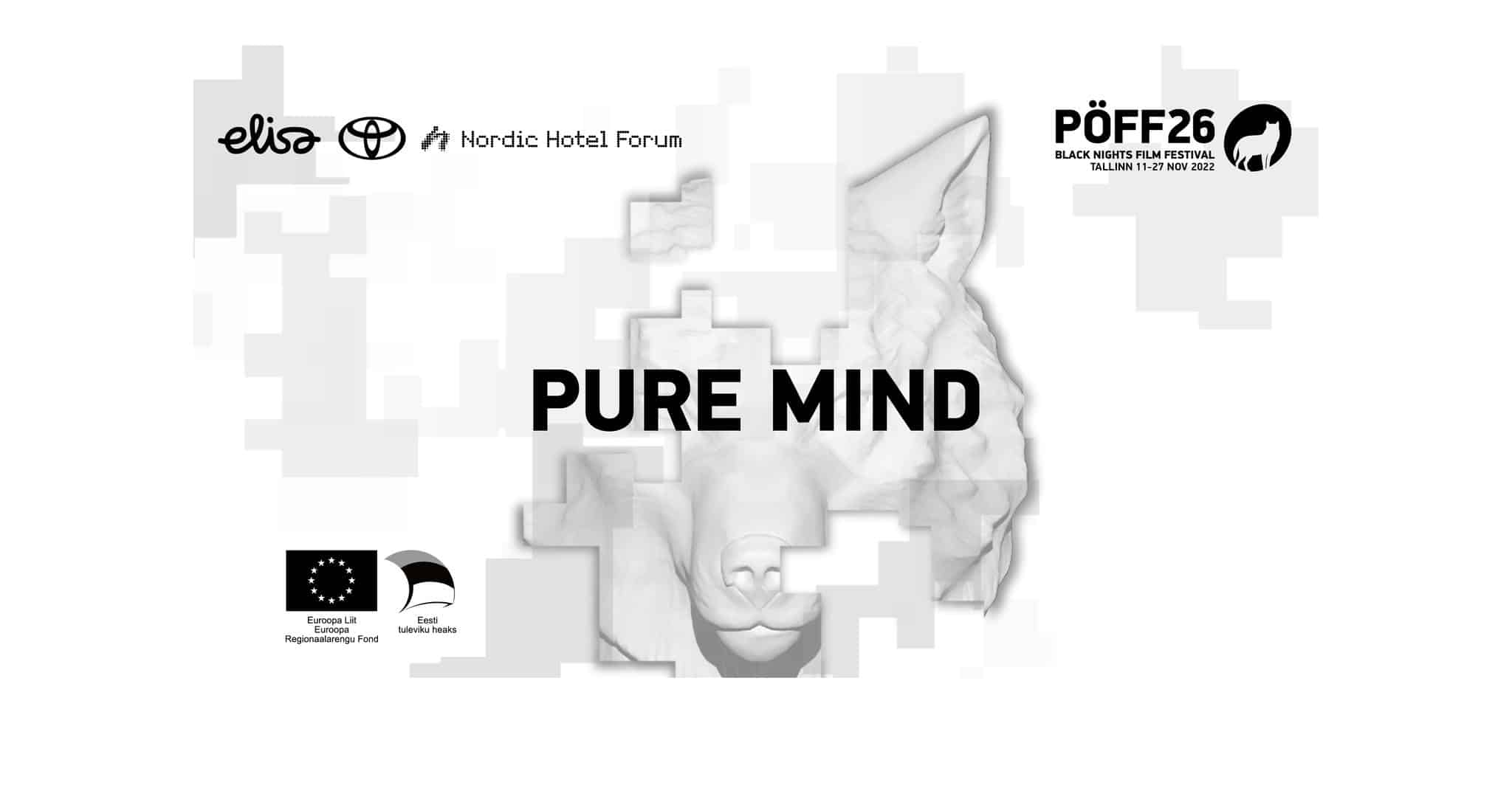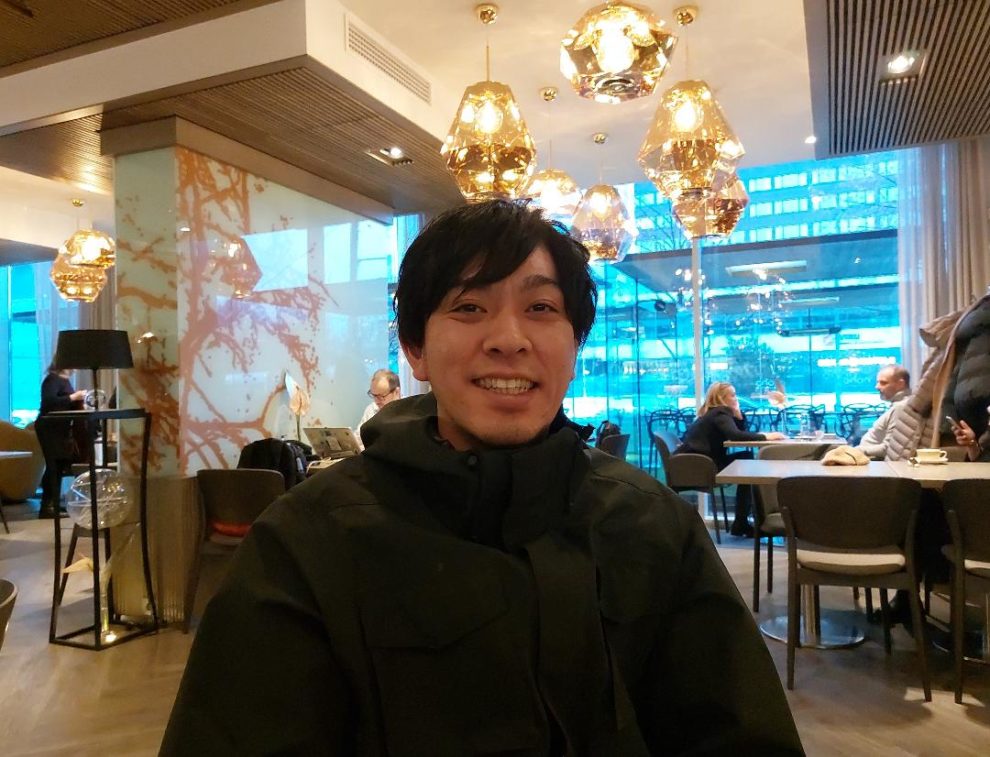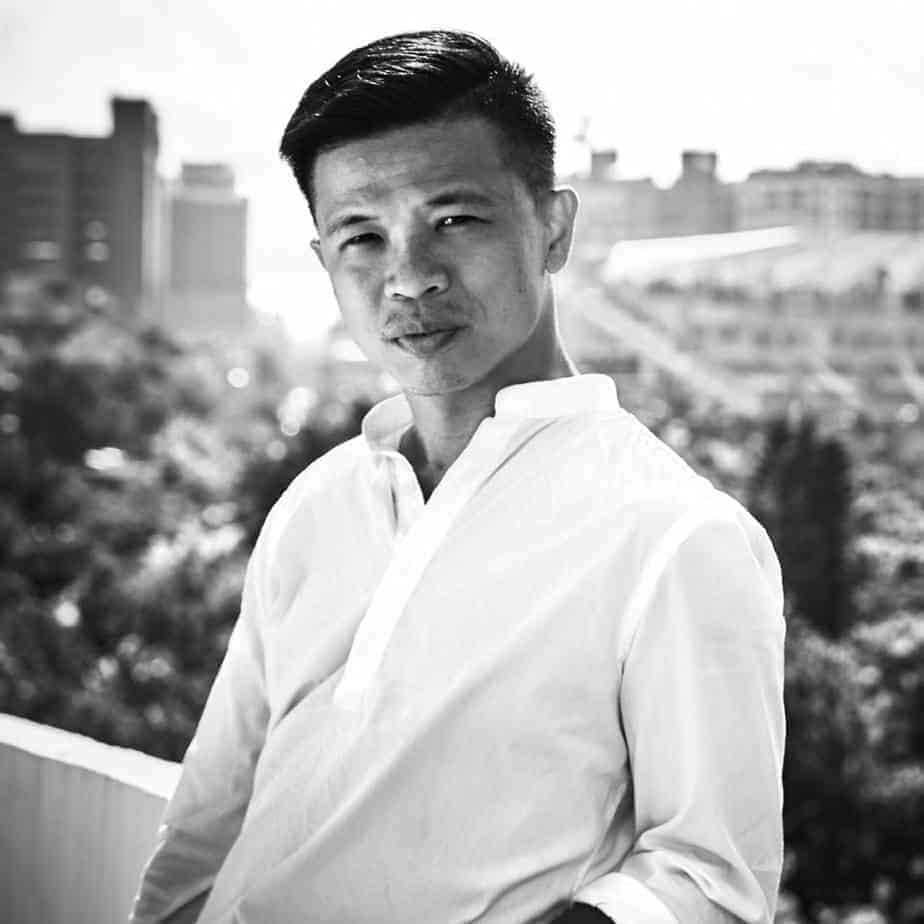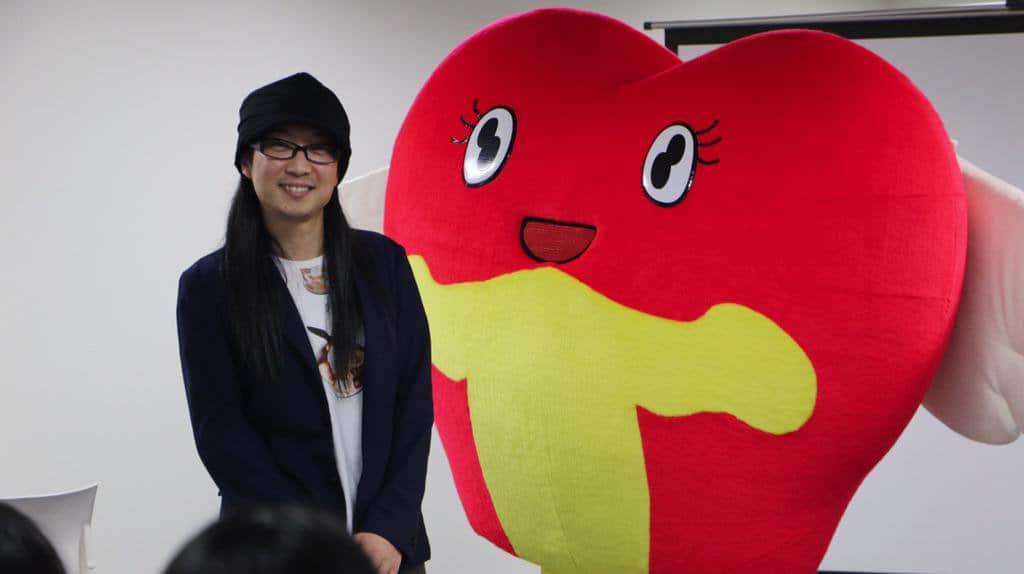Last year, Ryuichi Mino was in Tallinn with his ‘family project’, a heavy-weight drama “Make the Devil Laugh” about a young man forced to kill his father to protect his mother and sister from constant physical abuse. The script was written by his brother Kazuhiko, and produced by the other brother Hiroyuki. This year, he is back as the only Mino in the Official Selection Competition of PÖFF with a radically different film, light in tone and set up in the 18th century Japan. “Ginji The Speculator” is not a typical period drama polished to look its time. It is an original, entertaining take on a subject unknown to the larger audience outside Japan: the first serious (rice) market with auctions. Since the rice market was used for assessing the everyday economic situation, and could either- ruin or make someone rich over night, this was an ideal place for someone like Ginji; young, talented, nerdy expert in numbers and speculations.
We sat down with Ryuichi Mino in Tallinn to ask him about the origin of the story, the limitations of the set, and about his new approach to the cinema audience.

After competing in the Official Selection with your dark psychological drama “Make the Devil Laugh” last year, you are back with “Ginji: The Speculator” in the same, main program section. How does it feel like to be competing for the PÖFF Grand Prix for the second consecutive year?
Qualifying for prizes and even receving them is a great thing of course, but I am making films because I feel the urge to make them, so the awards are the last thing on my mind when I get involved in a project.
This story is quite different from your previous film, which was dark and emotional. “Ginji …” is a light-hearted story about a young man who’s a rice market speculator, and also an account of something quite exotic and completely unknown to the western audiences.
Actually, Japan is the first country that invented the system of modern trading which is probably why it developed as a society much faster, I think. That was a quite interesting thing for me when I found out about it, but then I had to think about something else – how to turn it into moving pictures. The dry business story is always boring for the audience, and because I wanted to attract lots of people to see the movie I turned it into entertainment, or as you called it – a light-hearted tale. When I think of it, finding the right middle was also a kind of challenge.
You incorporated modern elements into your film. They are not over the top, and occur only in few scenes. There is even a live pop song performance to promote one of the town’s tea houses.
Period costume dramas were created by older generations, that is why they are always following one pattern. I never made a costume drama before, and I wasn’t ready to make it the traditional way. I was determined to modernize it, and that is why I was deliberately adding certain elements to it to address the younger generations in Japan, and maybe also the international audiences.
Is this another family project? Were your brothers involved in it like in “Make the Devil Laugh”?
Since my brother is not really good in writing period dramas, I turned myself to another screenwriter (Shin Mochizuki). I thought that it would be great to work with other people, to form a new creative team and to have a completely different crew. So, no, this time it isn’t a family project.
Working with children is, as we know, not the easiest thing. The actor playing Ginji as a little boy is superb. How did you cast him?
All the adult actors were in my head beforehand. I knew exactly who occupies which role. But in the case of this child role, I called for a proper audition. I particularly liked him because he had a kind of sad face, but cute at the same time. He was somewhere between a melancholic and a sweet kid, and he could express almost any emotion with his face. Usually there would be a supervisor for kids on the set, which is a normal procedure, but he got lost a couple of times in his role, so I would immediately go to him and make sure that he was feeling alright. I would tell him that he is doing great, and that he should stay the way he is because he is a natural talent.
Was your film shot in Toei Kyoto Studio Park, or on a similar open-air set for historical dramas?
The film was mostly shot in the Shikone area, but it was a super tiny open-air set, so I used all kind of tricks to make everything fit in the frame. We would otherwise waste time removing objects in the editing. We had to play smart and be extremely careful with how we shoot. I had to calculate and consider every possible camera move. Only at some points I also was forced to use big studio sets, the proper period drama sets in Kyoto.

It’s an unusual film, so the question is – what kind of audience did you want to target while working on the story for the script?
Retrospectively seen, I think that “Make the Devil Laugh” was made in a completely wrong time. That was the year marked by pandemic and the audience didn’t watch it, because the reality was so harsh. Right now, I have a film that has the potential of being watched by everyone. It’s light-hearted, it doesn’t take itself seriously, and it has a happy-go-lucky feeling to it. “Ginji the Speculator” is dedicated to all generations.
Did you have to comply to special Covid-19 measures during the shoot?
It’s Japan is mandatory to take care of the safety of the whole film team. Everybody wore masks, the temperatures were measured daily and people were getting tested, because it was of outstanding importance that everyone felt safe. So, we had no problems whatsoever. Even the caterers were paying extra attention to how they served food. We had someone helping us with effectivness.
We see almost all seasons in the movie. How long did it take to shoot the movie?
We shot it entirely in three weeks. Imagine, it was the rain season, so half of the day would be lost in downpours. And despite of it, we were super fast finishing the film. There are some scenes that look like we used fake rain, but it was all genuine. It was bucketing. And it was useful for some of the things that I wanted to show, like the confrontation between Gainji and the young guy who was spying upon his master’s business and almost completely ruined him. I was creating situations around the weather conditions.
How did you finance the film?
The producer saw “Make the Devil Laugh” and he just asked me to make this film. Since it was done in a very short time, it also had a small budget, and the producer asked me to trust him. Basically, he simply liked what he saw, wanted to invest and that was it.
















